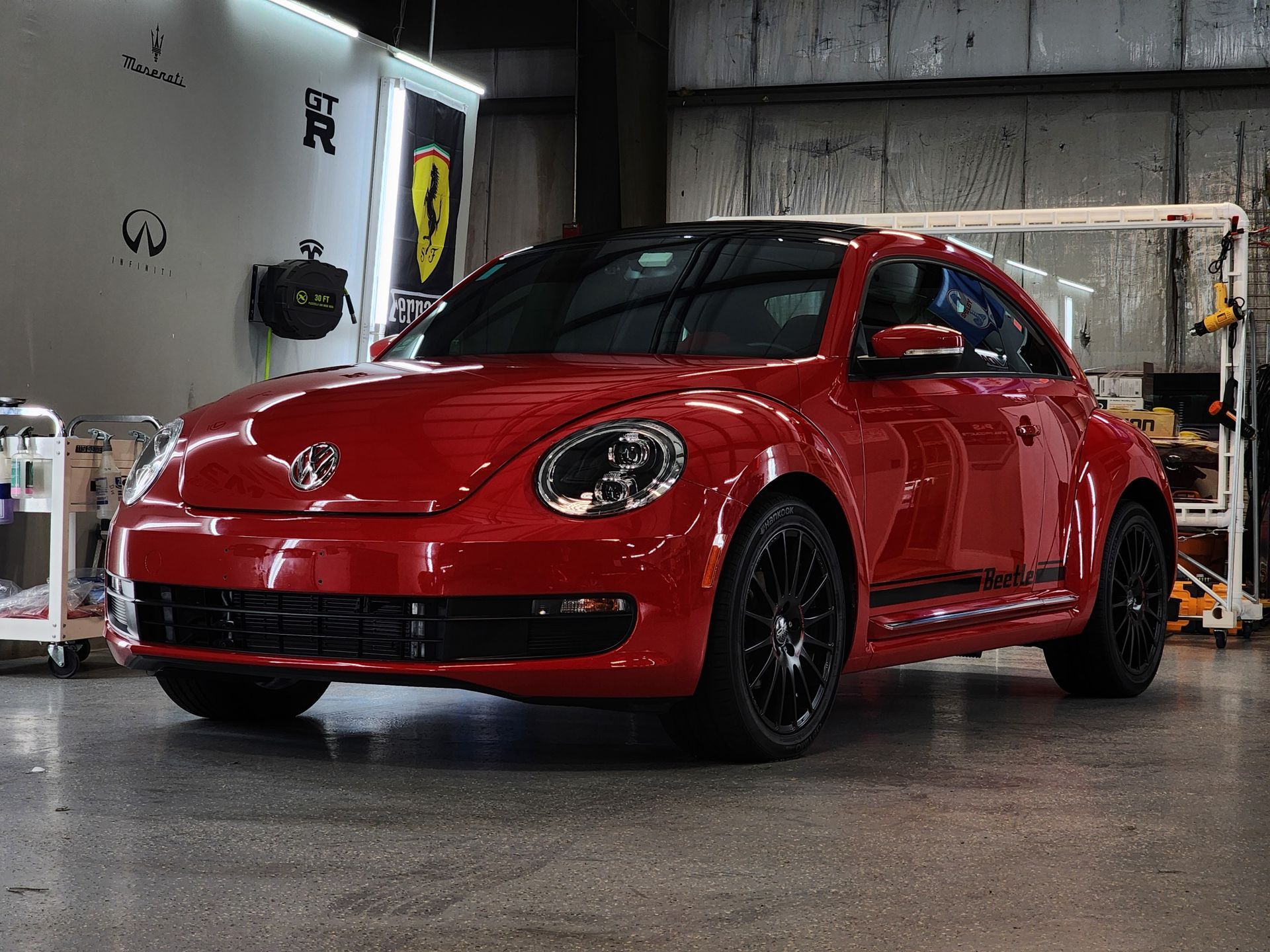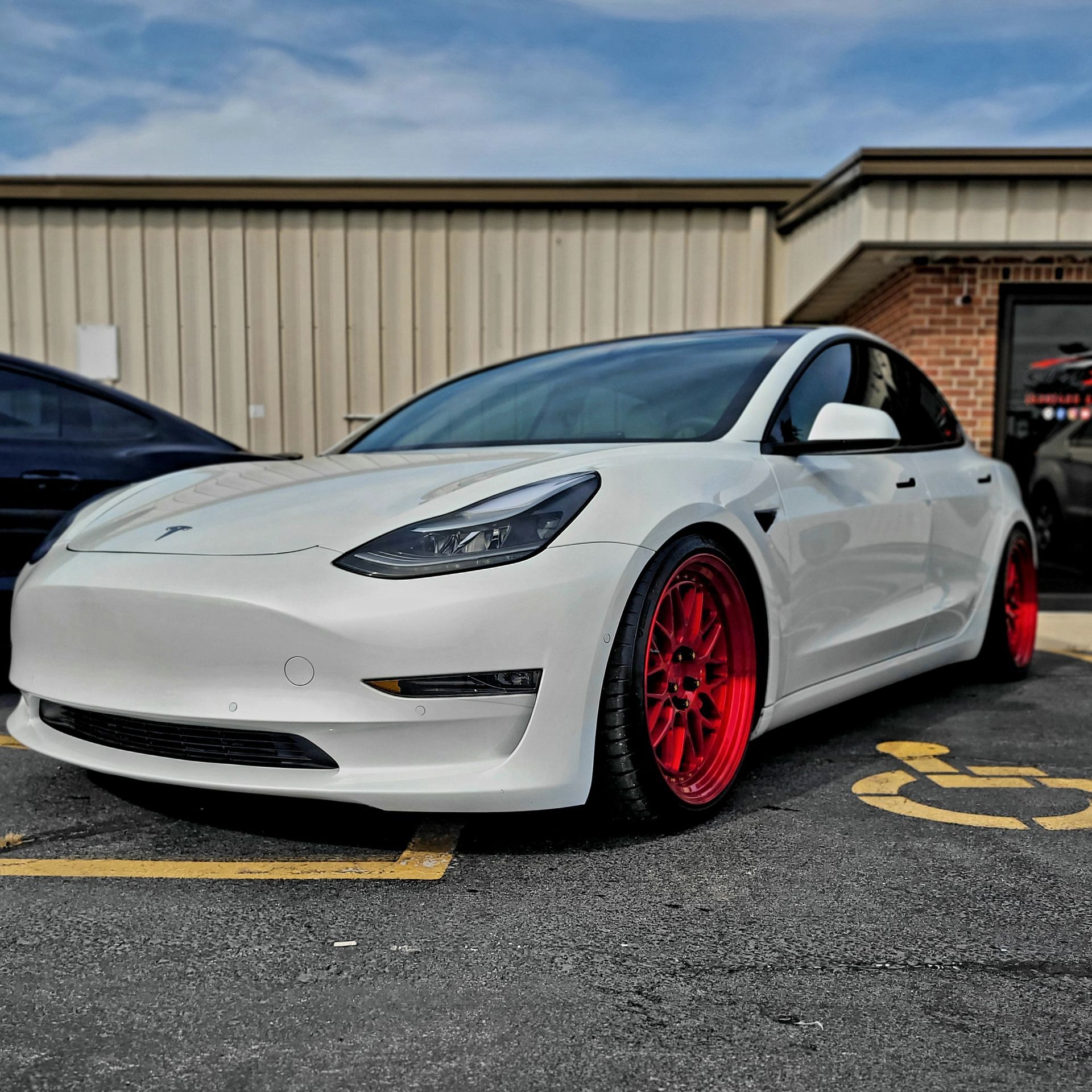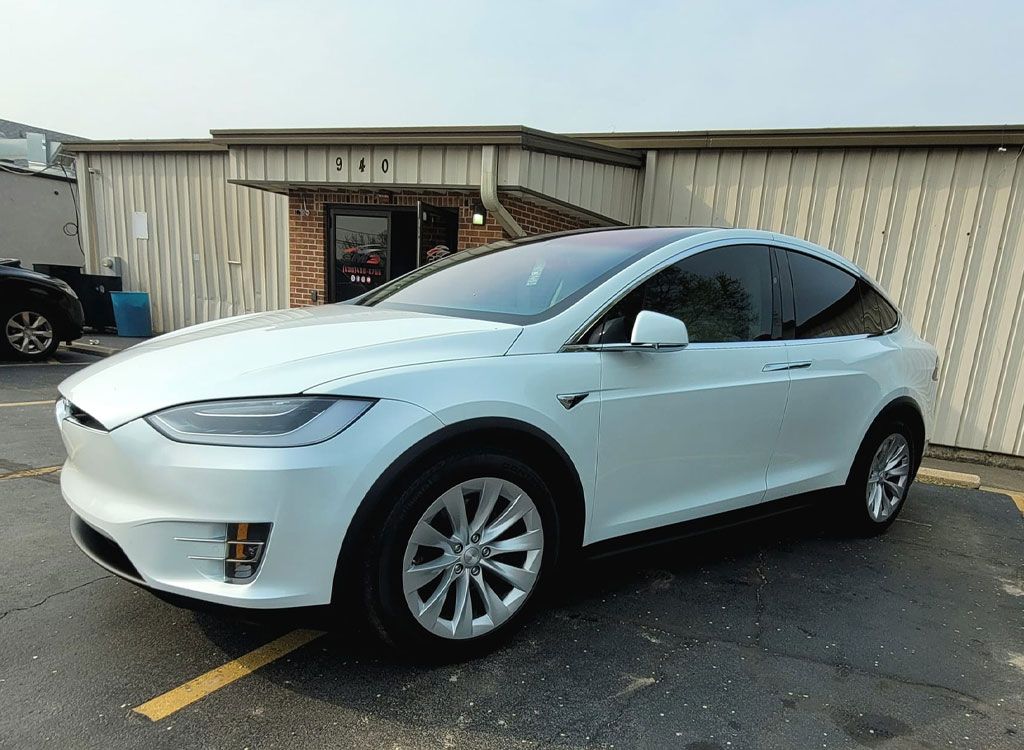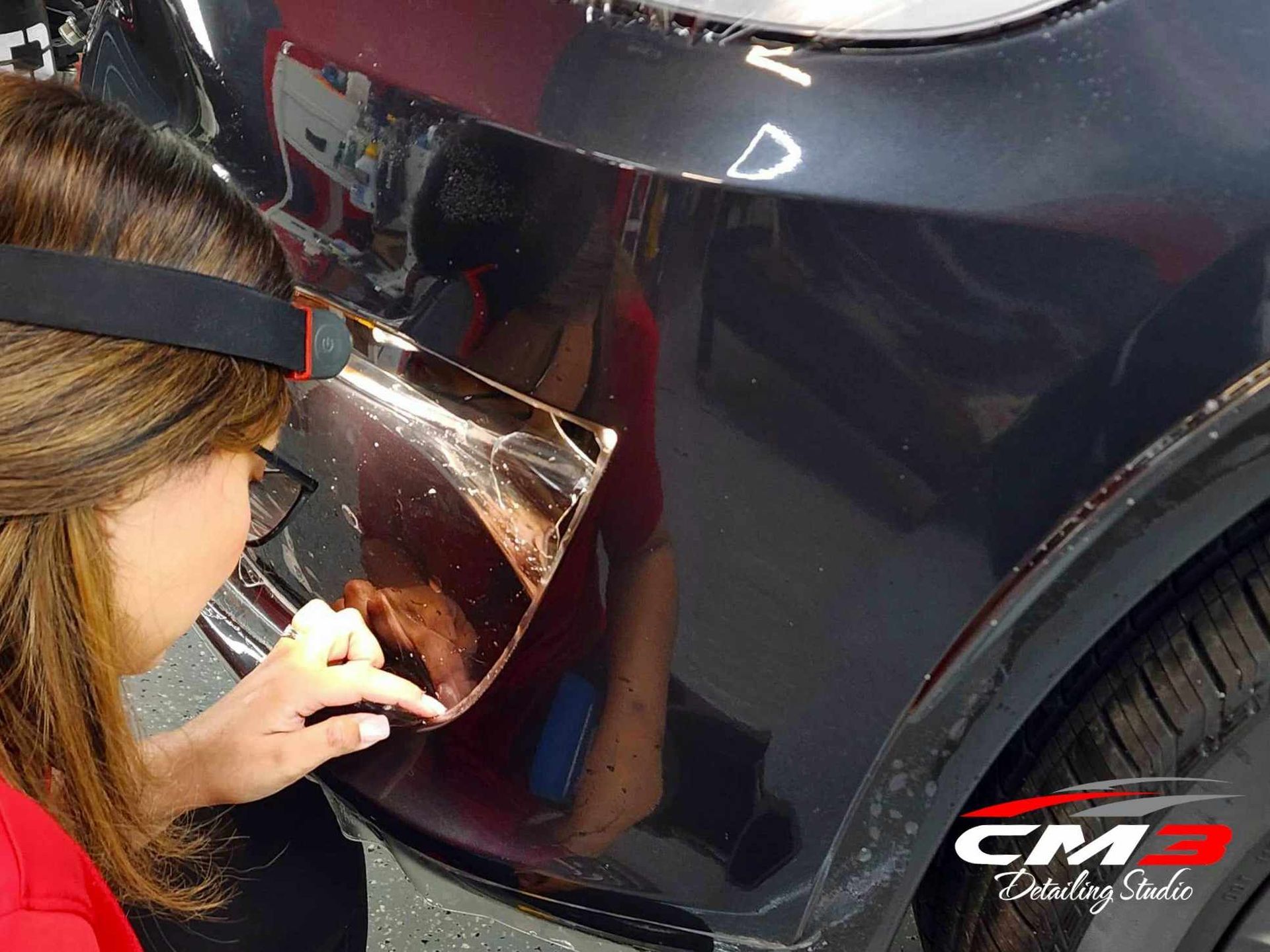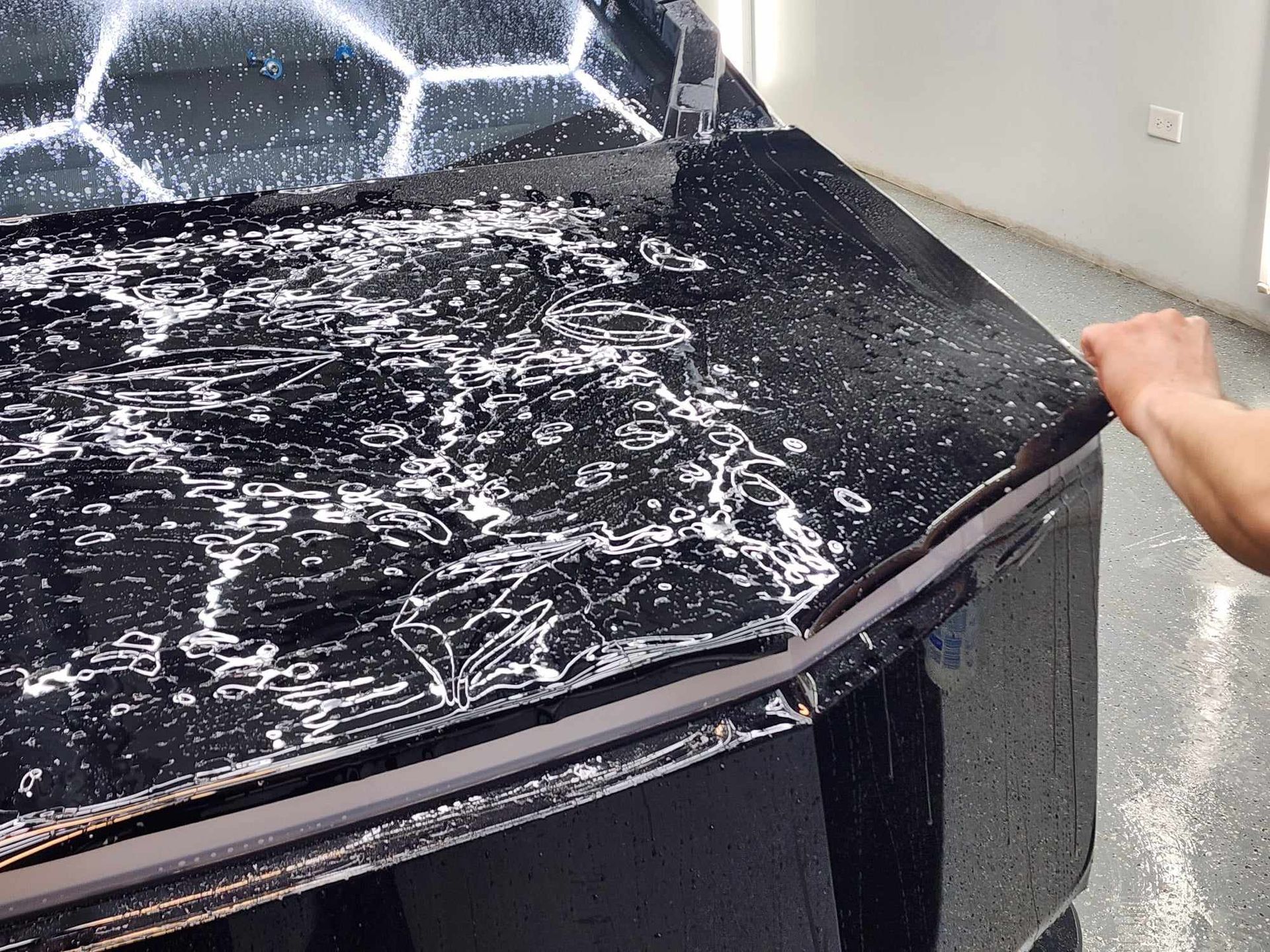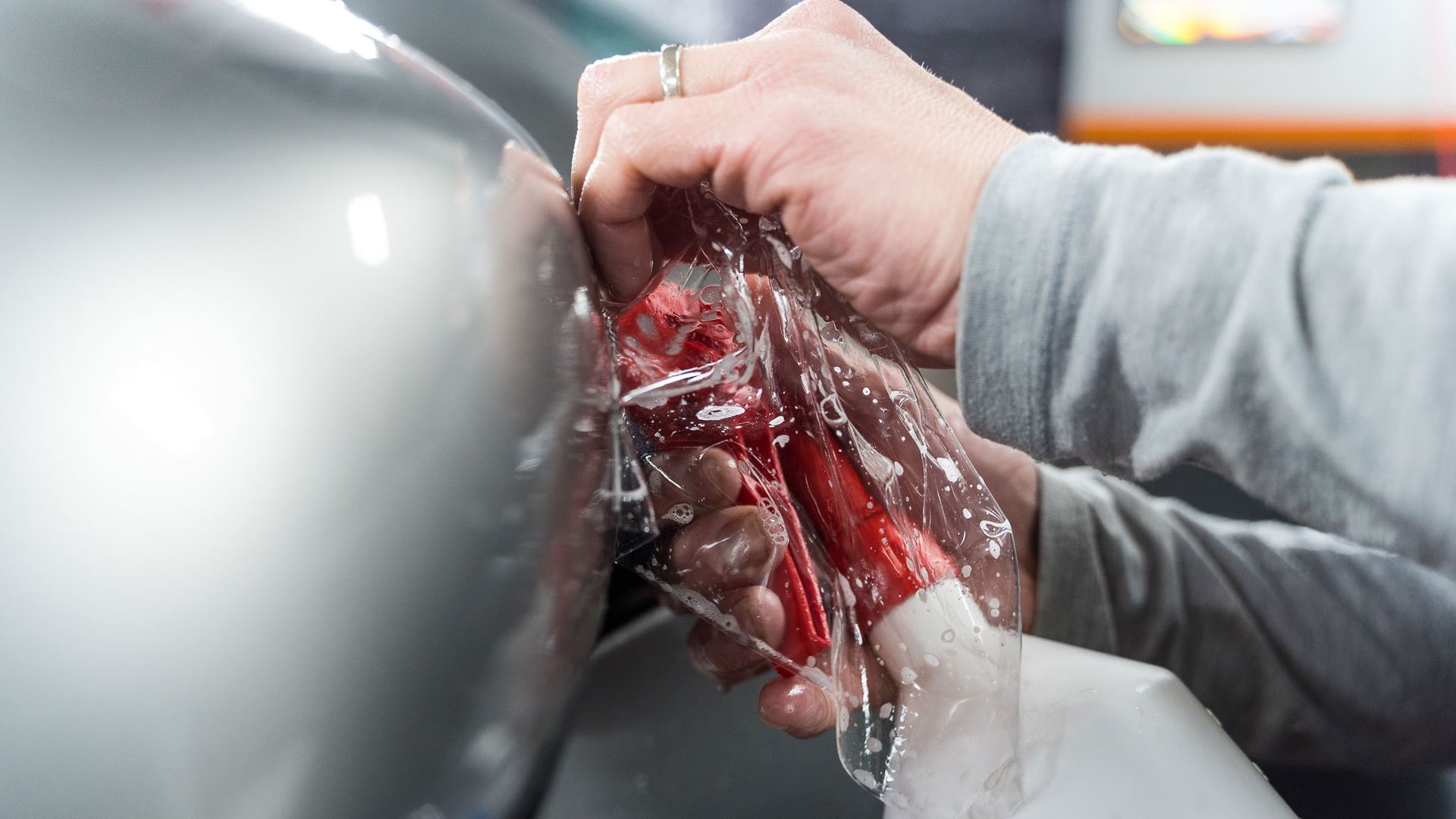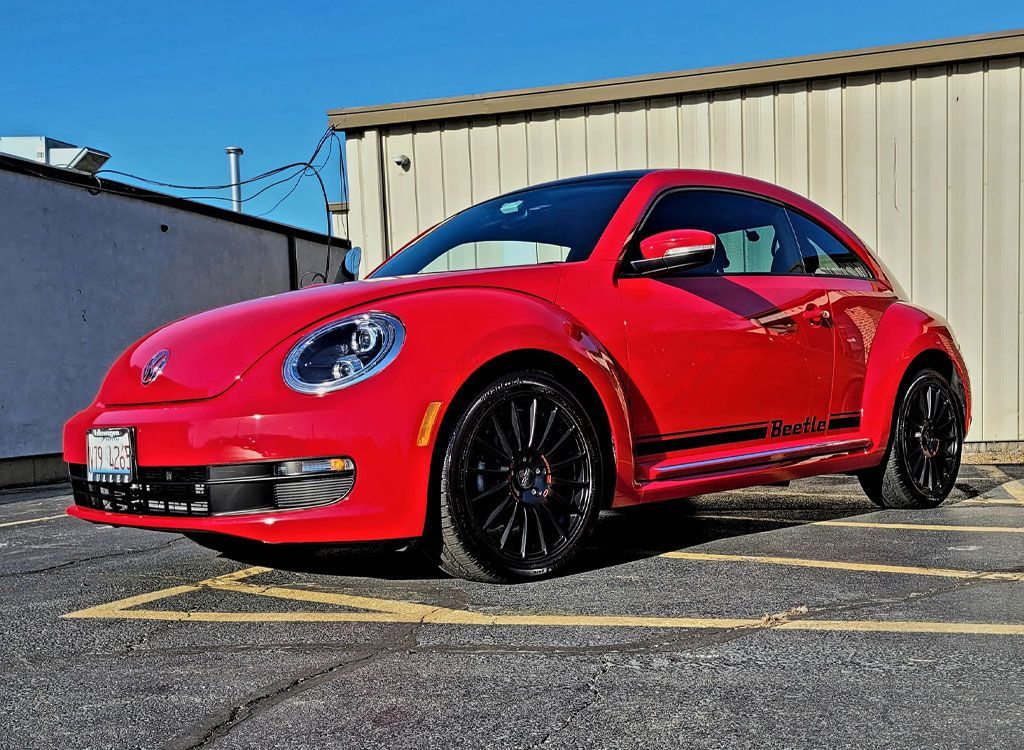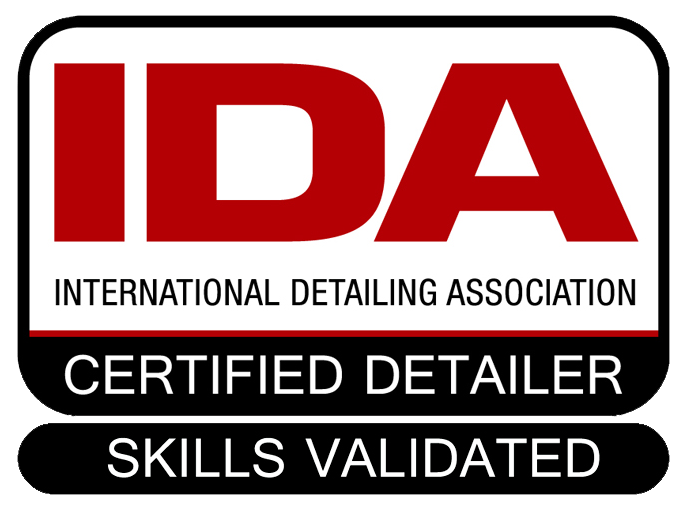Discover the Best Areas of Your Vehicle to Protect with PPF First
When you think about protecting your vehicle, what comes to mind? Many of us might focus on security or insurance, but there's another layer of protection that's often overlooked—paint protection film. If you're like most car owners, you probably want your vehicle to look its best while also holding on to its value over time. PPF not only safeguards the paint from scratches and chips but can ultimately save you from expensive repairs down the road.
The best areas of your vehicle to protect with paint protection film first include the front bumper, hood, and front fenders, as these locations are most susceptible to damage from road debris and stone chips. Additionally, side mirrors and door edges are also critical areas to consider for protection due to their vulnerability in everyday driving situations.
The Best Areas of Your Vehicle to Protect with PPF First
When considering PPF, prioritizing high-impact areas is key to safeguarding your investment. These areas endure consistent wear and tear, making them prime candidates for protection. One of the most crucial sections is the front bumper. As your vehicle's frontline against road debris, it's often hit hardest by stone chips, scrapes, and minor collisions. According to studies, a staggering 40% of reported front-end damage occurs precisely here. Close behind in importance is the hood, which faces nearly constant exposure to flying stones from vehicles ahead. Statistics show that approximately 60% of paint damage happens on the hood due to its prominence and lack of barriers. Without protection, a few rough drives could lead to costly repainting jobs down the line.
The fenders, or front wings, are also essential, as they sit above the tires and are regularly splashed with dirt and salt spray, accounting for an estimated 30% of vehicle paint issues. Next on the list are perhaps the sneakiest vulnerabilities: side mirrors and headlights. Though often overlooked, side mirrors can incur about 25% of minor scratches due to their exposed position during tight maneuvers or parking situations. Similarly, headlights deserve attention because they easily become hazy over time from ultraviolet light exposure and road elements. Repairing or replacing these parts can quickly spiral into a hefty expense if left unprotected. Adding coverage to the door edges is a wise decision, as they frequently chip when doors swing open in confined spaces. This area represents roughly 20% of recurring paint damage but usually goes unnoticed until it’s too late. Lastly, don’t forget the rocker panels; these are constantly bombarded by tire debris, especially when driving on gravel surfaces. By targeting these high-impact areas first with PPF installation, you preserve your vehicle's visual appeal and enhance its resale value substantially.
Front Bumper: The Primary Defense
The front bumper serves as the primary barrier against environmental factors, protecting not only the vehicle's paint but also its structural integrity. It's designed to absorb impacts and mitigate damage from road debris. However, despite its robust construction, the front bumper can experience wear and tear that diminishes its ability to protect your car effectively. Regular exposure to rocks, gravel, and tiny pebbles can leave it pockmarked and unsightly, which is why applying paint protection film is an intelligent investment for any vehicle owner.
Consider this: Every time you drive behind another vehicle, especially on highways or unpaved roads, your bumper is under constant threat from flying debris. One moment of inattention—say, a truck ahead kicking up a stone—can result in irreversible paint damage. This scenario illustrates how quickly minor mishaps can lead to costly repairs. In fact, studies indicate that approximately 30% of all front-end damage occurs at the bumper alone. The average cost to repair a damaged bumper ranges between $300 and $700, depending on factors such as severity and paint quality. Contrast that with the installation of PPF, which typically costs around $500 to $1,200 for comprehensive coverage on the front bumper. Investing in PPF can save you money in the long run by preventing damage rather than reacting to it. Moreover, vehicles equipped with PPF report a 70% reduction in damage caused by road debris. Not only does this protective film enhance durability, but it also preserves the pristine appearance of your car over time. A well-maintained bumper covered with PPF can retain up to 80% of its original paint quality after five years. Without protection, that rate drops to just 50%.
Furthermore, consider the environmental factors impacting your vehicle. UV rays from constant sunlight can fade paint and contribute to deterioration over time. PPF provides an additional layer of defense against up to 99% of harmful UV radiation, protecting your vehicle's aesthetic integrity while keeping its resale value high. Covering your front bumper with PPF isn't merely about avoiding scratches; it’s about ensuring your vehicle stands up against time and nature. Recognizing how essential it is to shield this vulnerable area allows you to make informed decisions moving forward.
Protecting Your Hood and Fenders
Every time you hit the road, your vehicle's hood and front fenders endure significant damage. These regions are particularly susceptible to damage from rocks, gravel, and even debris that may fall from above. Picture yourself driving behind a truck on the highway; each small stone it spits out could chip away at your paintwork or leave unsightly scratches on your beautiful car finish. In fact, studies show that vehicles without paint protection film on the hood and fenders can incur repair costs averaging $1,500 to $3,000 for repainting due to damage over five years. So when it comes to safeguarding these essential parts, installing PPF is not merely an aesthetic decision—it’s an investment in longevity.
Factors to Consider
To understand why protecting your hood and fenders is critical, consider their exposure. The hood faces upward, capturing debris falling from overpasses or even during stormy weather. Fenders sit above your wheels and act like shields against tire spray and loose stones propelled onto the surface during driving. Applying PPF here protects against physical damage and helps avoid rust development from deep scratches or chips. Investing in PPF can extend the lifespan of your original paint by up to 10 years, providing both new drivers and seasoned vehicle owners with a genuinely smart option.
Why Headlights Need Protection
Headlights serve a fundamental role in ensuring safe driving conditions, particularly during nighttime or adverse weather. However, they’re often taken for granted and are frequently subject to various damaging elements. Headlights endure more than most drivers realize due to various damaging elements, including gravel and roadway debris from passing vehicles as well as the relentless assault of UV rays from the sun. This is why protective measures, such as applying paint protection film, are essential for preserving the integrity and functionality of your headlights. One significant threat to headlights is the yellowing process caused by prolonged UV exposure. UV rays can decrease headlight clarity by as much as 80% within five years, leading to hazy and dim lighting that compromises nighttime visibility. Not only does such degradation reduce overall safety while driving, but it can also be a nuisance if you find yourself straining to see on poorly lit roads.
Furthermore, the costs associated with failing to protect your headlights can be considerable. Replacing a single headlight assembly can cost anywhere from $200 to $1,500 depending on the make and model of your vehicle. Given these figures, investing in PPF—priced between $100 and $150 for both headlights—is incredibly cost-effective not just in preserving their appearance but also in protecting your wallet over time. PPF acts as a self-healing barrier against scratches, dings, and other minor impacts that occur during daily driving. This durability means that alongside preventing yellowing, PPF helps maintain clarity and brightness throughout its lifespan. Imagine driving at night without worrying about whether your headlights are performing at their best; this peace of mind makes PPF an appealing option for vigilant car owners. By keeping debris at bay and shielding against UV radiation, you're not just prolonging the life of your headlights—you’re enhancing your overall driving experience. While headlights may seem like small components of your vehicle, their impact is far-reaching when it comes to safety and aesthetics. Prioritizing the protection of your headlights with PPF invests both in immediate visibility and long-term functionality.
Key Spots: Mirrors, Doors, and Sills
Side mirrors, door edges, and sills may seem like small components of your vehicle, yet they are incredibly susceptible to damage from everyday use. The positioning of side mirrors makes them particularly vulnerable to chips and scratches from passing vehicles or overhanging branches. Imagine pulling into a driveway only to hear the faint clunk of a tree branch striking your mirror; it’s moments like these when you realize how essential protection becomes. This is where paint protection film comes into play. It acts as a resilient barrier that absorbs impacts, preventing unsightly marks and ensuring your mirrors maintain their clarity and function. Moving along to door edges, these are often the first victims of tight parking situations. Imagine yourself maneuvering through parking lots with limited space; doors have the potential to clash with neighboring vehicles or even sustain damage from stray shopping carts. Each time you open or close a door, there’s a risk involved—a risk that leads to costly repairs if left unchecked. Interestingly, studies show that around 60% of door panels incur damage from normal activities, making it clear that PPF applied to door edges is an investment worth considering.
The sills of your vehicle also deserve attention. These areas face continuous wear and tear from daily entry and exit, especially in urban environments where foot traffic is high. Observations suggest that approximately 80% of vehicle sills show signs of damage over time due to this repetitive action. A quick scuff might not seem significant initially, but over time it can lead to rust formation if moisture seeps in through damaged paintwork. Applying PPF to mirrors typically costs between $50 and $100, while protecting doors and sills ranges from $100 to $200. Given the relatively low cost for such vital protection, it becomes evident why car enthusiasts often recommend investing in PPF for these specific areas. The choice seems straightforward: protect your vehicle now or pay later in higher repair costs down the line. As you evaluate these protective measures, consider how the costs associated with PPF application stack up against potential damages over time. Analyzing this aspect can offer helpful advice about maintaining your vehicle's appearance and integrity moving forward.
Weighing the Costs and Maintenance of PPF
Investing in PPF may initially seem like a significant expense; however, when you break down the costs and consider what you're protecting, the investment makes sense. For example, protecting your front bumper can cost between $500 and $1200 depending on the quality and coverage, while a single repair can easily set you back anywhere from $300 to $700 if road debris damages it. Just imagine that feeling of dread when you see a scratch mar your beautiful paint job. Now consider how much peace of mind having PPF could bring. Proper maintenance of your PPF overlay will also save you money in the long run. An easy tip is to avoid harsh chemicals and instead opt for gentle soaps during regular washes. This step may seem trivial, but consistent care ensures longevity, keeping your investment in prime condition.
With increasing vehicle repair costs and consumers becoming discerning about cosmetic imperfections—especially when it comes time to resell—the value of PPF shines through. It helps maintain both the beauty and integrity of your car's finish. Consequently, by carefully selecting areas to apply PPF along with diligent maintenance, you're not only preserving your vehicle’s appearance and value but cultivating lasting peace of mind as you drive.
In summary, investing in paint protection film represents not just an expense but a commitment to maintaining your vehicle's aesthetic appeal and overall value over time.
Leading PPF Installers in Elgin, IL
Ready to defend your vehicle against chips, scratches, and road wear? CM3 Detailing Studio & Ceramic Coating in Elgin, IL, delivers
top-tier paint protection film services that combine advanced technology with expert installation. Our precision-cut film guards high-impact areas while maintaining your car’s sleek, factory-fresh look. Whether you drive a luxury sedan or a rugged daily driver, trust our team to keep your paint flawless and your finish lasting longer.
Book your PPF consultation today and experience unmatched care for your investment!
CM3 Blog
